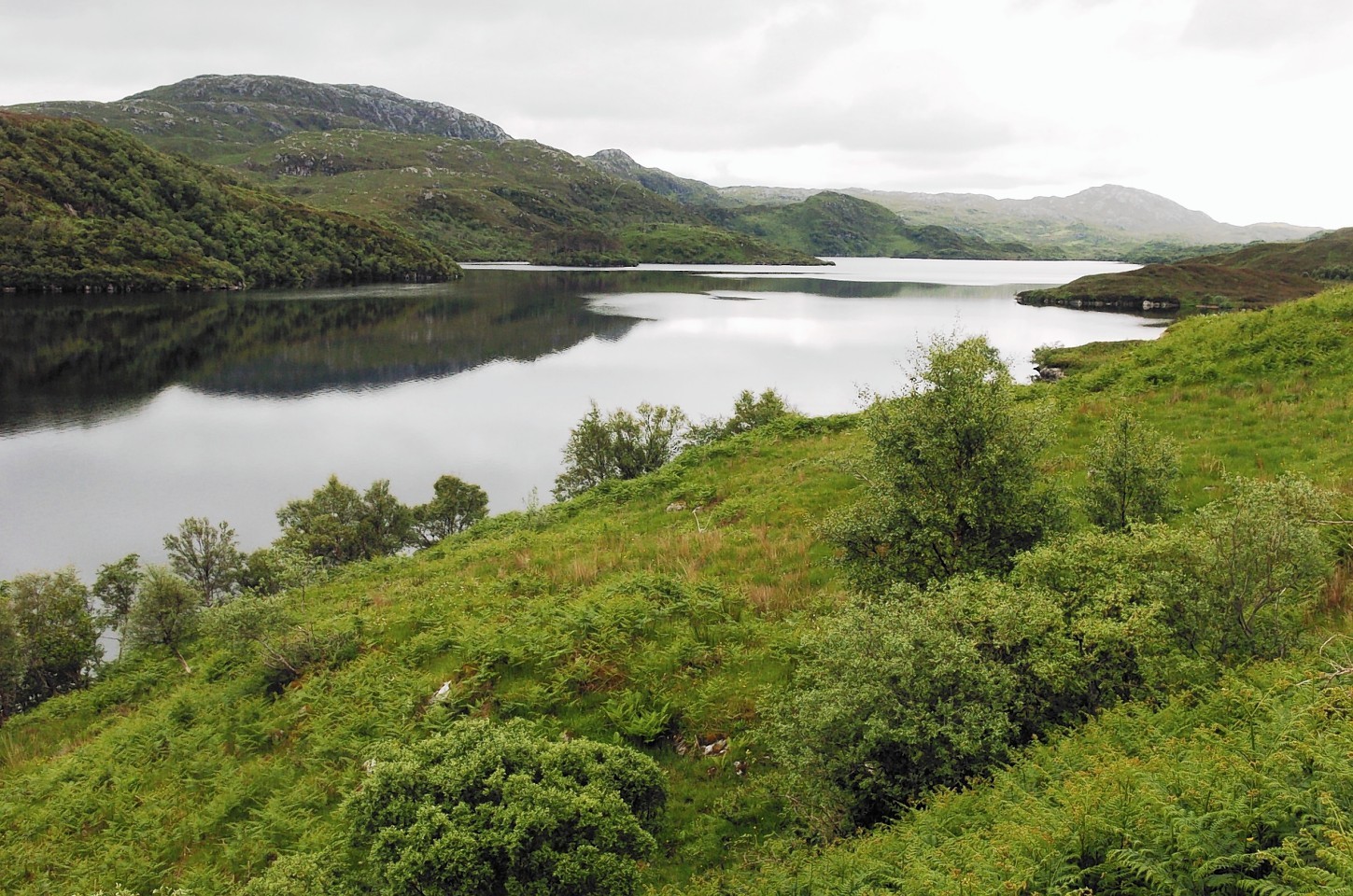A Highland community has dismissed claims that its historic estate buyout is facing bankruptcy.
In 2005, the spectacular and scenic 44,000-acre Assynt Estate became the first acquisition of its type in the modern era.
Locals benefited from new land reform legislation – and millions of pounds of public money to buy the place.
But over the weekend, claims emerged that an auditor has warned the Assynt Foundation, which runs the estate, that there is “a material uncertainty which may cast doubt about its ability to continue.”
The foundation yesterday played down the comments, and denied it had applied for money from Highlands and Islands Enterprise for a party to mark its 10th anniversary.
Stewart Hill, a retired electrical engineer who has led the foundation for the past 18 months, said: “We’re in the process of getting the accounts audited for 2014-15.
“Since appointing a new lodge manager a year ago, we had the best income from the (Glencanisp) lodge in the whole of the 10 years that we’ve been in existence and we anticipate that, this year, we will exceed last year as well.
“Having said that, cash is a problem and we have been very careful in how we manage our cash. We have an overdraft facility of £10,000 and at no time have we exceeded our overdraft facility.”
The foundation has recently put the vacant four-bedroom Ledbeg House, near Ledmore, up for sale to generate more income.
The accounts for 2013-14 show an income of £71,842 but an expenditure of £77,381 with the biggest single item being interest payments of £15,000 on outstanding loans. As of 2013-14, the foundation had £10,264 in the bank.
“You wouldn’t call that a crisis,” said Mr Hill.
“It is very difficult. We understand the huge cash call that we have and it’s for that reason that we recently put Ledbeg House, near Ledmore junction on the market. It will give us some working capital and help us reduce our debt costs.”
He added all estates are difficult to run and “new income streams need to be identified.”
Several renewable energy propositions have been mooted, but difficulty in grid connections combined with the complexities of the planning system due to the remote area’s “wild land” status have proved problematic.
